Library on-line
Chinese calligraphy, Vladimir Sokolov
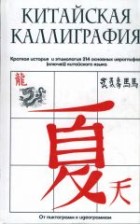
This semi-popular edition gives a brief information on the origin, history and pedigree of 214 basic characters (clues)of Chinese language. In illustrated part of the book edition are showed pictures of clues with their meanings and transliteration of names, traits and their evolution along with examples of using clues when making other characters.
Chinese calligraphy encyclopedia, Ya Ming, Catie Ho
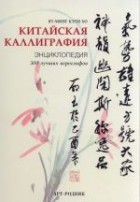
This wonderful book tells You about ancient art of Chinese calligraphy. Characters with deep meaning, reflect thousands thoughts and emotions and can decorate everything. Sophisticated signs of Chinese calligraphy can be implemented in various art projects, art-craft , as well as in design of rooms. The book offers over 300 characters to learn.
Characters are united in sections according to the subject: seasons, Chinese horoscopes, congratulations on holidays, requests, love and meditation, blessings, painting of flowers еtc.
Every meaning of the sign is explained and illustrated instructions on the order of writing are provided as well. It makes beginners easy to copy each character.
The book has advice on materials, instruments and technologies.
2007, 256 pages , ill.
Master Manole, Vassile Alexandri
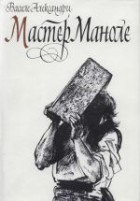
It is a handwritten book designed and illustrated by a prominent artist Iliya Bogdesko.
Vassile Alexandri, the Moldavian literary classic, based his Master Manole ballad on a beautiful folk tale. The poetic legend tells about the tragic life of an outstanding architect, master Manole. A heart-touching story about the architect and wonderful illustrations will make reading a true pleasure.
1986. 52 pages, illustrated.
Vivid Lessons of Calligraphy, Vsevolod Flerov
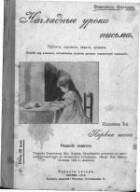
This pre-revolutionary edition, composed “in accordance with the modern psychological practice” contains the sample penmanship exercises, rules of calligraphy and drills. The author states: “Less words and explanations! Give the simple and clear samples!”
1916, 60 pages, illustrated
About would-be Princess Anastasia, N.A.Gorodko
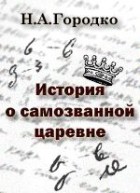
The book tells about peculiarities of graphology expertise which was held when one old lady claimed that she was daughter of tzar Nikolai II, survived by fortune Princess Anastasia Romanova. Examples show and explain how hand writing evolves as times passes ; which characteristics of writing allow to state that the same person wrote the thing; and what typical writing traits identify age of the writer and conditions in which the text was written.
Font design, Pavel Semchenko
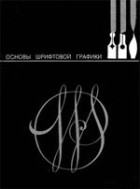
The manual covers the basic primary skills and principles of font creating, components of the form and matter of the lettering, word and sentence. It also unreveals some secrets of font design. The essays include: Some difficulties in mastering the basic font skills; Genesis and development of fonts; Composition of font graphics; Typographic interpretation of the meaning of words and letters; Typographic interpretation of the phrase meaning; Some approaches to the font design. The manual is well illustrated.
1978, 96 pages, illustrated
Pavel Semchenko is a participant of International Calligraphic Exhibition.
Composing scripts, Y.Chernihov, N.Sobolev
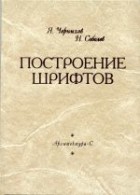
In the following books are highlighted theoretical basis of script graphics and rules and techniques of copying scripts and writings. Authors concentrate on composing letters.
Functional, aesthetic and technological demands to scripts are studied.
Historical data uncovers mystery of alphabet, writing and script emergence and development.
For students of building, architectural, art faculties.
2007, 116 pages., ill.
Hand and way of defying character, D.M.Zuev-Insarov
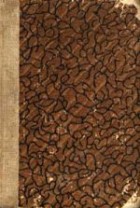
D.M.Zuev-Insarov is one of the greatest Russian graphologist, Chairman of Russian Scientific Graphology Society, he made psycho graphology characteristics of many celebrities. In this book are showed different patterns of hand writing with detailed characteristics. There are also decoding of hand-writing of such famous people as Sergey Esenin, Leo Tolstoy, Maxim Gorky, Alexander Pushkin.
Plain Beauty of a Letter, Irina Ptakhova

“O, if only this wise, useful and beautiful art was applied skillfully and properly…” – these words of a famous Italian engraver G. Bodoni, open The Plain Beauty of a Letter as an epigraph.
The book dedicated to the history of typography, reveals the secrets of modern design, harmony and beauty of a common typographic letter. The reader will learn about the historic sources and origins of new type fonts, their progress and value.
The book will be useful for everyone engaged in book publishing, design, advertisement and typography. And it is a must-have for the art college and university students!
2004. 326 pages, illustrated.
Psychographology, I.Morganstern
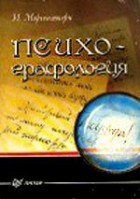
One of the most renown books taken out of Russian libraries after October Revolution possessed characteristics on famous revolutionaries, writers , tzars, state officials and other historic personages.
Book written by popular psychographologist I. Morganstern tells about history of graphology, provides graphology description of hundreds hands. Reader will learn how hand reflects man psychological and physical features, the way hand changes as time passes, will learn how to identify one’s own conceived talents. The book provides patterns of hands of emperors and criminals, generals and writers, genius and crazy.
Psychographology analyses of such renown historical persons as Peter I, Ekaterina II, Napoleon, B. Godunov, E.Pugachov, A.Pushkin, F.Dostoevsky, F.Nietzsche and others attracts special attention.
Psychological analysis of writing and text, O.F.Potemkina, E.V.Potemkina
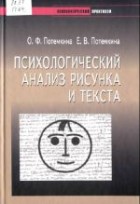
Learning of pictures, writing, speech has always been in the centre of discussion of specialists in various fields (philosophers, linguists, historians, experts in literature, arts), but it is only psychology that provides a unique chance to fully represent personality and its character. The book is aimed for psychologists, philosophers, experts in arts, communications, as well as for the wide range of readers who are interested in descriptive activity and psychology.
Hand-written Scripts, Nikolay Taranov
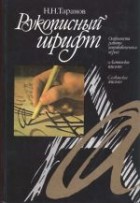
The manual tells about the historical script forms. There are given practical recommendations in creating new hand-written scripts and mastering different tools for writing. The book is intended for students of polygraphic and artistic Institutes. History and practice of writing the hand-written scripts. Much attention in the manual is devoted to the studying of Latin hand-written scripts and their translations on Russian, and also to the changes that influenced the Cyrillic graphics of the Xth-XVIIIth centuries and became apparent in different kinds of Cyrillic writing – ustav, semi-ustav, cursive writing, etc. Chapters of the book: Peculiarities in working with the wide pen; Latin writing; From the history of the origin of writing; formation and development of Roman scripts; Capital square script; Rustic writing; Uncial writing; Half-Uncial writing; Early medieval scripts; Carolingian minuscule; Gothic writing; Texture; Bastarda; Rotunda; Schwabacher; Fraktura; Renaissance scripts; Humanist script; Humanist cursive.
Nikolay Taranov is a participant of International Calligraphic Exhibition.
Sloutsky Belts
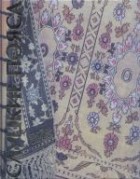
The photo album is dedicated to the Sloutsky belts, the outstanding phenomena of Belorussian and West-European decorative and applied art of the 18th-19th centuries.
The book is supplied with the commentaries in Belorussian, English, Russian and German.
2006. 138 pages, illustrated.
Artistic and Graphic Expressiveness of Fonts, Nikolai Taranov
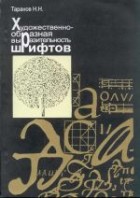
It is the first detailed review of the main types, terms and notions applied in the theoretical typography. The manual touches upon the relations of font and image in editions, applications of various fonts in book, magazine and banner design; peculiarities of text perception, unity of the form and content of an edition and stylistic unity of font and ornamentation. The historic evidences describe the font evolution from pictography to computer fonts; the notion of font picturesqueness; and illustrated examples provide the variants of font-image relations and factors which unite the elements in one unity.
The manual is meant for artists, students of polygraphic, art and pedagogical universities, students of art colleges, graphic artists and general reading public.
2000, 166 pages, illustrated
Nikolay Taranov is a participant of International Calligraphic Exhibition.
Font and Image in Publishing, Nikolai Taranov

Nikolai Taranov - Doctor of Education, Candidate of art history, professor, member of Union of Russian artists.
He is the author of five education books on the fonts, among them the main are “Written font” (Lvov, 1986), “Art of the written script” (Moscow, 1989), “Script and image” (Moscow, 1991).
This book gives the detailed information on the main font types, terms and notions applied in the theoretical typography. The historic evidences describe the font evolution from pictography to modern fonts. The manual touches upon the application of various fonts in book, magazine and banner design.
1995, 155 pages, illustrated
Nikolay Taranov is a participant of International Calligraphic Exhibition.
Fonts. Designer’s reference aid, Yu. Shpakovsky
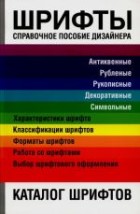
The book touches upon the burning issues and latest innovations of typography. The reference aid contains the detailed information on font characteristics, classifications and formats, color schemes and typographic software.
The book contains the catalogue of antique, sans-serif, handwritten, decorative and symbol fonts. The edition is meant for the designers, pre-press specialists and everyone dealing with fonts and typography professionally.
2006. 336 pages, illustrated.
Calligraphy is a kind of music not for the ears, but for the eyes.
(V. Lazursky)



